E054 by Herb Zinser
Vietnamese conflict codes
....... Battle of Hue --> V + Hue
--> Vertical and H = Horizontal universe
Battle of Huế
The Battle of Huế (31 January 1968 – 2 March 1968), also called the Siege of Huế, was a major military engagement in the Tết Offensive launched by North Vietnam and the Việt Cộng during the Vietnam War. After initially losing control of most of Huế and its surroundings, the combined South Vietnamese and American forces gradually recaptured the city over one month of intense fighting. The battle was one of the longest and bloodiest of the war, and the battle negatively affected American public perception of the war.
By the beginning of the North Vietnamese Tet Offensive
By the beginning of the North Vietnamese Tet Offensive
By the beginning of the
North Vietnamese Tet Offensive ---> Obstetrics
Fetus ,,,..... human molecular.....
bio-electronic FET circuit device
.... that emit signals and attack other human brain circuits
- Wikipedia
By the beginning of the North Vietnamese Tet Offensive on 30 January 1968, which coincided with the Vietnamese Tết Lunar New Year, large conventional American forces had been committed to combat operations on Vietnamese soil for almost three years.
Highway 1, passing through the city of Huế,
was an important supply
line ( H line....... horizontal line/row )
for Army of the Republic of Vietnam (ARVN) and United States forces from the coastal city of Da Nang to the Vietnamese Demilitarized Zone (DMZ), the de facto border between North and South Vietnam only 50 kilometers (31 mi) to the north of Huế. The highway also provided access to the Perfume River (Vietnamese: Sông Hương or Hương Giang) at the point where the river ran through Huế, dividing the city into northern and southern parts. Huế was also a base for United States Navy supply boats. Due to the Tết holidays, large numbers of ARVN forces were on leave and the city was poorly defended.
Vietnamese conflict codes .......
Battle of Hue --> V + Hue --> Vertical and H = Horizontal universe of
atomic cement/stone and atomic iron metal ....
office buildings, bridges, apartment buildings and
standing vertical animals and human people
Versus
Vietnamese conflict codes .......
Battle of Hue --> V + Hue -->
Very high frequency - Wikipedia
range of radio frequencyrange of radio frequencyrange of radios --> adios / good-bye human body
and brain bio-electronic THOUGHT circuits
and brain bio-electronic THOUGHT circuits
Translate adiós from Spanish to English - Interglot
https://www.interglot.com › dictionary › translate › adiósadiós → goodbye, farewell, bye-bye, adieu, valediction; adiós → goodbye, adieu, farewell, bye; adiós → goodbye, see you again .
https://www.interglot.com › dictionary › translate › adiósadiós → goodbye, farewell, bye-bye, adieu
https://www.interglot.com › dictionary › translate › adiósadiós → goodbye, farewell, bye-bye, adieu
https://www.interglot.com › dictionary › translate › adiósadiós → goodbye, farewell, bye-bye, adieu
https://www.interglot.com › dictionary › translate › adiósadiós → goodbye, farewell, bye-bye, adieu
https://www.interglot.com › dictionary › translate › adiósadiós → goodbye, farewell, bye-bye, adieu
What Inspired 'The Legend of Sleepy Hollow'? - HISTORY
https://www.history.com › news › legend-sleepy-hollow...Oct 10, 2019 — “The headless horseman supposedly seeks revenge—and a head—which he thinks was unfairly taken from him,” Potter says. “This injustice demands ...
The Headless Horseman:
The Legend of Sleepy Hollow and ....
Very high frequency - Wikipedia
Huey Long
Huey Long
Huey Long .... The Battle Huey
Huey Long .... The Battle Huey
Huey Long .... The Battle Huey
Huey Long .... The Battle Hueye
Huey Long .... The Battle Hueye
Huey Long .... The Battle Hueye / view
..optical nerve with data streams of black ink words, flowcharts, maps , pictures
Huey Pierce Long Jr. (August 30, 1893 – September 10, 1935), nicknamed "the Kingfish", was an American politician who served as the 40th governor of Louisiana from 1928 to 1932 and as a United States Senator from 1932 until his assassination in 1935. He was a left-wing populist member of the Democratic Party and rose to national prominence during the Great Depression for his vocal criticism of President Franklin D. Roosevelt and his New Deal, which Long deemed insufficiently radical. As the political leader of Louisiana,
he commanded wide networks of supporters and often took forceful
action. A controversial figure, Long is celebrated as a populist
champion of the poor or, conversely, denounced as a demagogue.
Long was born in the impoverished north of Louisiana in 1893.
After working as a traveling salesman and briefly attending three
colleges, he entered the bar in Louisiana. Following a short private legal career in which he represented poor plaintiffs, Long was elected to the Louisiana Public Service Commission. As Commissioner, he prosecuted large corporations such as Standard Oil, a lifelong target of his rhetorical attacks. After Long successfully argued before the U.S. Supreme Court, Chief Justice and former president William Howard Taft praised him as "the most brilliant lawyer who ever practiced before the United States Supreme Court".[1][2]
Poised for a 1936 presidential bid,
Long was mortally wounded by a lone assassin in 1935.
The murder of Gavin Eugene Long
On September 8, 1935, Long traveled to the State Capitol to pass a bill that would gerrymander the district of an opponent, Judge Benjamin Pavy, who had held his position for 28 years.[201] At 9:20 p.m., just after passage of the bill effectively removing Pavy, Pavy's son-in-law, Carl Weiss,
approached Long, and, according to the generally accepted version of
events, fired a single shot with a handgun from four feet (1.2 m) away,
striking Long in the torso. Long's bodyguards, nicknamed the "Cossacks"
or "skullcrushers", then fired at Weiss with their pistols, killing
him. An autopsy found Weiss had been shot at least 60 times.[202] Long ran down a flight of stairs and across the capitol grounds, hailing a car to take him to Our Lady of the Lake Hospital.[203] He was rushed to the operating room where surgery closed perforations in his intestines but failed to stop internal bleeding.[204] Long died at 4:10 a.m. on September 10, 31 hours after being shot.[205]
According to different sources, his last words were either, "I wonder
what will happen to my poor university boys", or "God, don't let me die.
I have so much to do."[206][207]
On September 8, 1935, Long traveled On September 8, 1935, Long traveled On September 8, 1935, Long traveled ...........
Long was believed to have traveled more than 700 miles (1,100 km) from his hometown in Kansas to Baton Rouge using a rental car.[41][42] He was also believed to have been in Baton Rouge for "several days" prior to the shooting.[25] Long committed the shooting on his 29th birthday.
Long's body was released to his family on July 26, and a funeral was planned in Arkansas for a later date.[43]
Huey Pierce Long Jr. (August 30, 1893 – September 10, 1935), nicknamed "the Kingfish", was an American politician who served as the 40th governor of Louisiana from 1928 to 1932 and as a United States Senator from 1932 until his assassination in 1935. He was a left-wing populist member of the Democratic Party and rose to national prominence during the Great Depression for his vocal criticism of President Franklin D. Roosevelt and his New Deal, which Long deemed insufficiently radical. As the political leader of Louisiana, he commanded wide networks of supporters and often took forceful action. A controversial figure, Long is celebrated as a populist champion of the poor or, conversely, denounced as a demagogue.
Long was born in the impoverished north of Louisiana in 1893. After working as a traveling salesman and briefly attending three colleges, he entered the bar in Louisiana. Following a short private legal career in which he represented poor plaintiffs, Long was elected to the Louisiana Public Service Commission. As Commissioner, he prosecuted large corporations such as Standard Oil, a lifelong target of his rhetorical attacks. After Long successfully argued before the U.S. Supreme Court, Chief Justice and former president William Howard Taft praised him as "the most brilliant lawyer who ever practiced before the United States Supreme Court".[1][2]
Long was mortally wounded by a lone assassin in 1935.
On September 8, 1935, Long traveled to the State Capitol to pass a bill that would gerrymander the district of an opponent, Judge Benjamin Pavy, who had held his position for 28 years.[201] At 9:20 p.m., just after passage of the bill effectively removing Pavy, Pavy's son-in-law, Carl Weiss, approached Long, and, according to the generally accepted version of events, fired a single shot with a handgun from four feet (1.2 m) away, striking Long in the torso. Long's bodyguards, nicknamed the "Cossacks" or "skullcrushers", then fired at Weiss with their pistols, killing him. An autopsy found Weiss had been shot at least 60 times.[202] Long ran down a flight of stairs and across the capitol grounds, hailing a car to take him to Our Lady of the Lake Hospital.[203] He was rushed to the operating room where surgery closed perforations in his intestines but failed to stop internal bleeding.[204] Long died at 4:10 a.m. on September 10, 31 hours after being shot.[205] According to different sources, his last words were either, "I wonder what will happen to my poor university boys", or "God, don't let me die. I have so much to do."[206][207]
Long was believed to have traveled more than 700 miles (1,100 km) from his hometown in Kansas to Baton Rouge using a rental car.[41][42] He was also believed to have been in Baton Rouge for "several days" prior to the shooting.[25] Long committed the shooting on his 29th birthday.
Long's body was released to his family on July 26, and a funeral was planned in Arkansas for a later date.[43]
Personal life
Long grew up in Kansas City and graduated from high school in 2005.[4
2016 shooting of Baton Rouge police officers
Z-axis vertical standing humans .....
creating a KHZ human body antenna for
bio-electronic attacks
2016 shooting of Baton Rouge...... using
Khmer Rouge FCC software programs ....
police officers
Khmer Rouge FCC software programs ....
Khmer Rouge
FCC (Frequency ...Cambodia Civil) software programs ....
Khmer Rouge - Wikipedia
Khmer Rouge - Wikipedia
https://en.wikipedia.org › wiki › Khmer_RougeThe Khmer Rouge then fled to Thailand, whose government saw them as a buffer force against the Communist Vietnamese.
The Khmer Rouge continued to fight against
...SiKH Temple
On August 5, 2012,
religious mass ERRORS created the mass shooting took place at the gurdwara (Sikh temple) in Oak Creek, Wisconsin, United States where 40-year-old Wade Michael Page fatally shot six people and wounded four others.[3][4] A seventh victim died of his wounds in 2020.[5] Page committed suicide by shooting himself in the head after he was shot in the hip by a responding police officer.
Page was an American white supremacist and Army veteran from Cudahy, Wisconsin. Apart from the shooter, all of the dead were members of the Sikh faith. The incident drew responses from President Barack Obama and Indian Prime Minister Manmohan Singh
The Khmer Rouge continued to fight against
...SiKH Temple
On August 5, 2012,
religious mass ERRORS created the mass shooting took place at the gurdwara (Sikh temple) in Oak Creek, Wisconsin, United States where 40-year-old Wade Michael Page fatally shot six people and wounded four others.[3][4] A seventh victim died of his wounds in 2020.[5] Page committed suicide by shooting himself in the head after he was shot in the hip by a responding police officer.
Page was an American white supremacist and Army veteran from Cudahy, Wisconsin. Apart from the shooter, all of the dead were members of the Sikh faith. The incident drew responses from President Barack Obama and Indian Prime Minister Manmohan Singh
Wisconsin Sikh temple shooting
Wisconsin Sikh temple shooting
Wisconsin Sikh temple shooting
Wisconsin Sikh temple shooting
Wisconsin Sikn --> Kennedy shooting
Sirhan Sirhan ...... shortly after midnight at the
Ambassador Hotel in Los Angeles. He was pronounced dead at 1:44 a.m. Paul Dirac TIME (PDT)
on June 6.

















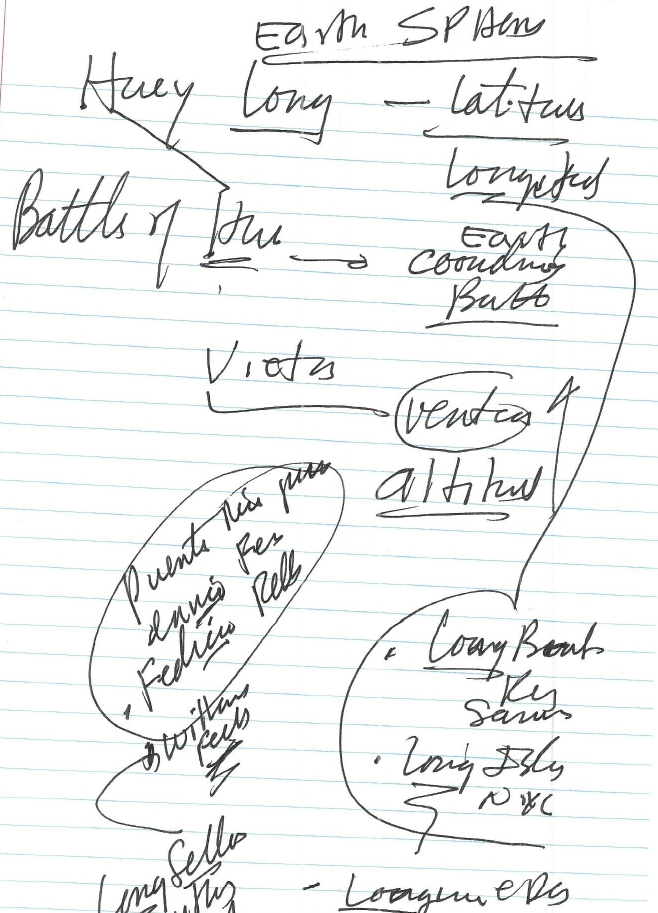






















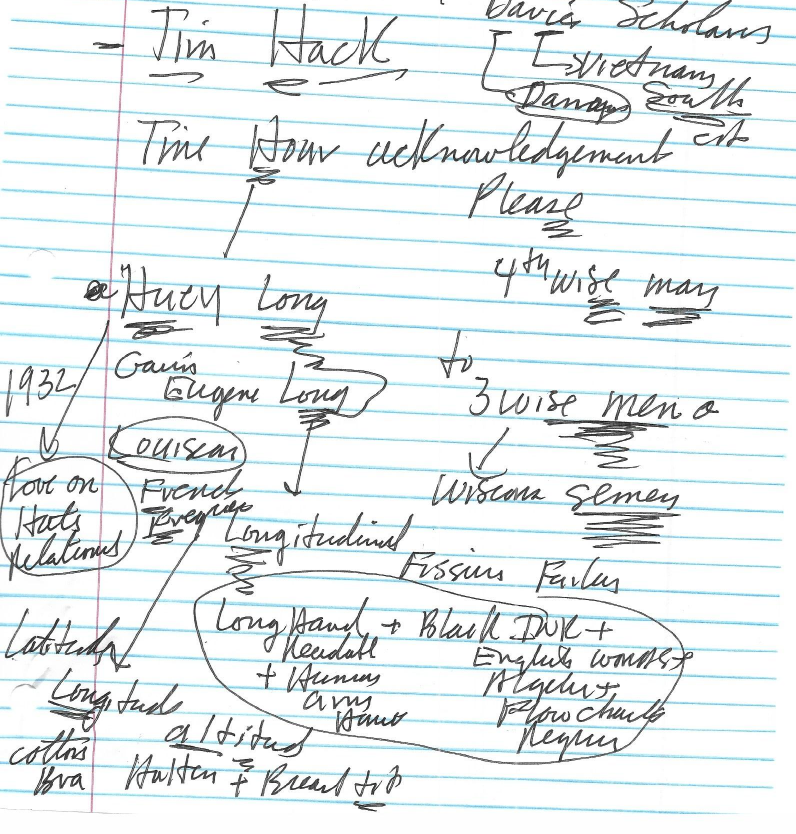


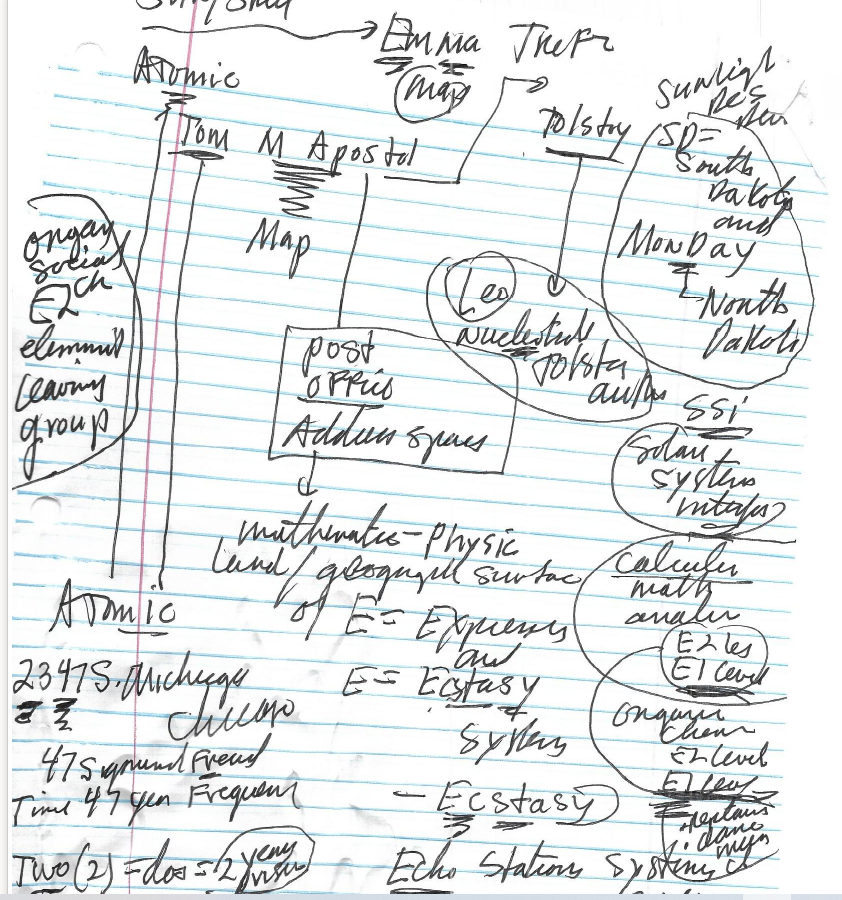


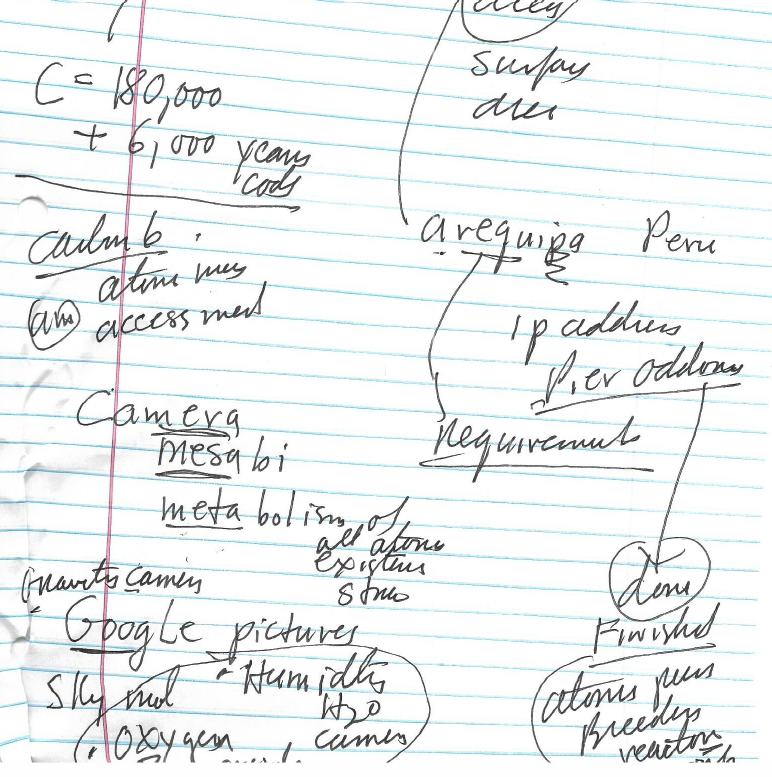




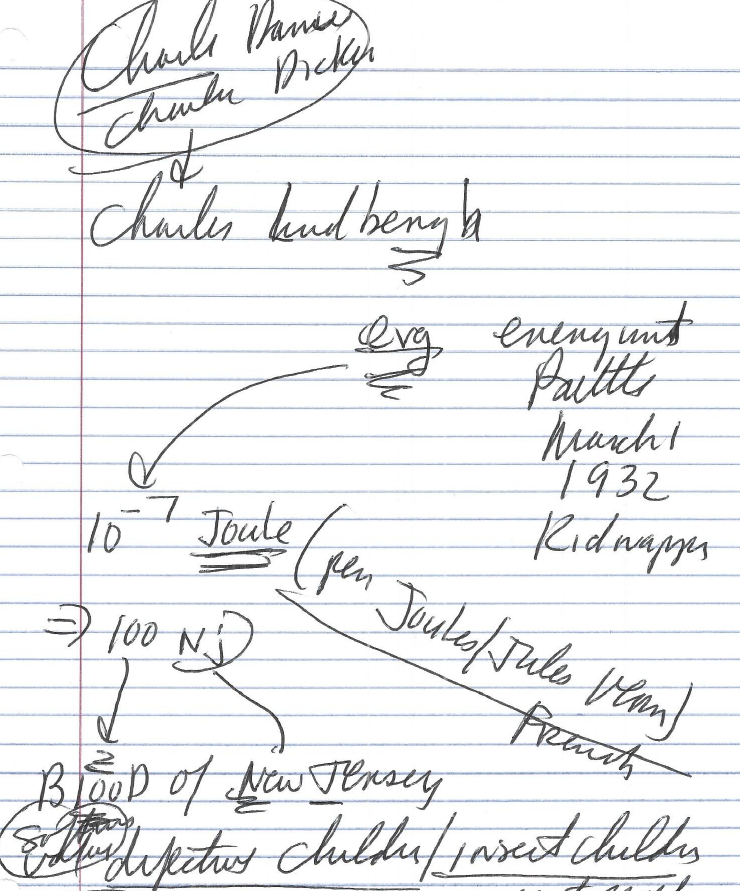





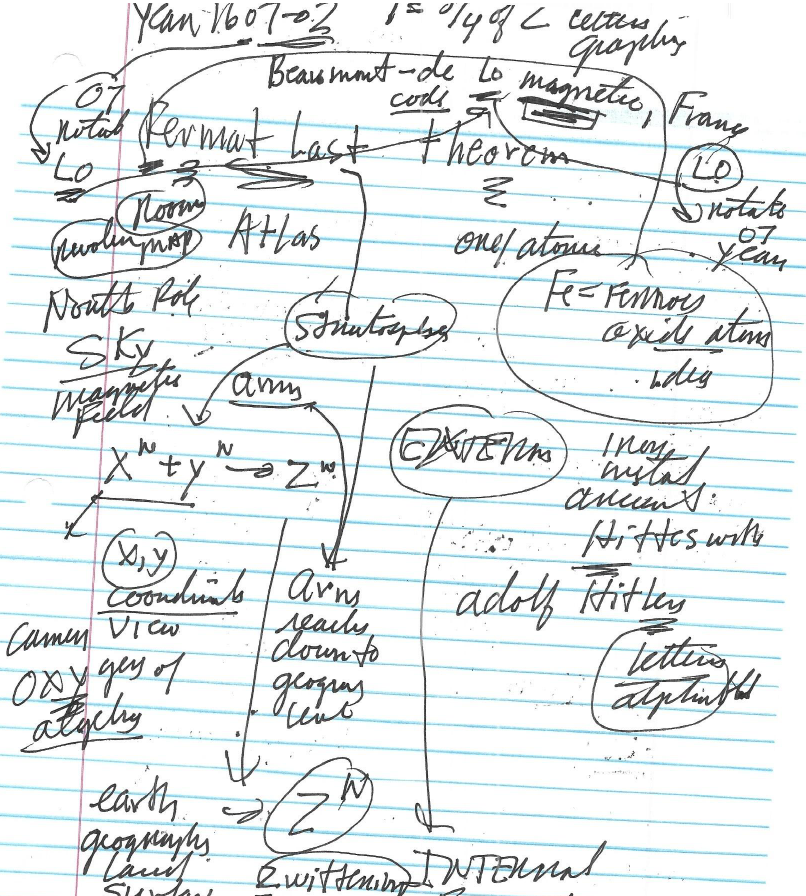



No comments:
Post a Comment